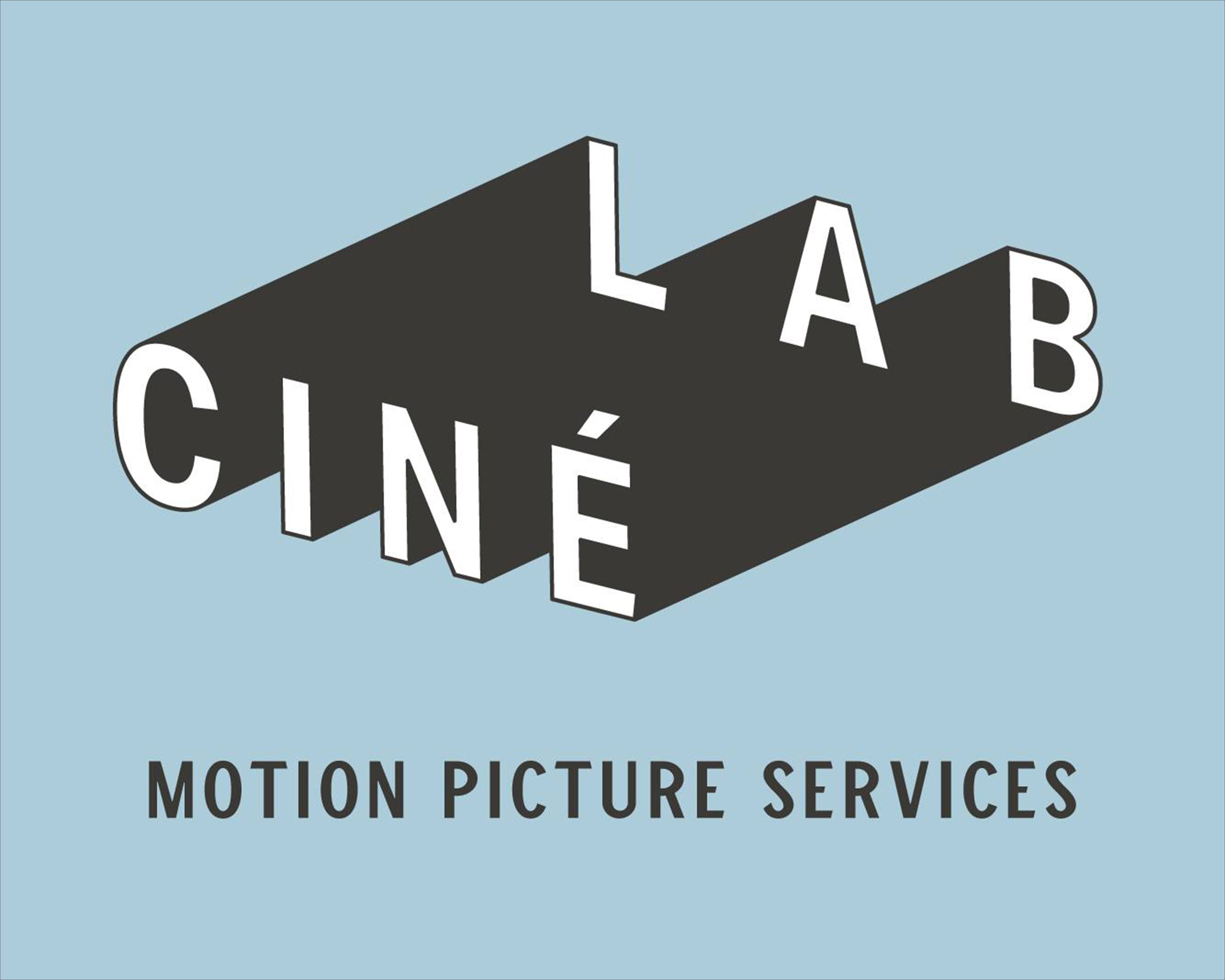Honestly, give up on the notion of lighting whole sequences with battery-powered lights, other than characters holding flashlights. It's a layer of stress you don't need as you find yourself with fading batteries, losing light output & exposure or getting flickering, and you've still got several shots or hours to go, not to mention, it's nice to not have to switch off all of your lighting between takes and work in darkness. You are not being realistic. One or two specialty shots, yes, you can get away with batteries, but not for general shooting over many hours. Even with a lot of really heavy car batteries and inverters, you'll only be able to power a few Kinoflos or whatnot, switching them off all the time to conserve power. And you certainly won't be able to light a decent stretch of woods for a moonlight effect, so what's the point? It doesn't make sense to just light a face and let the background go black unless it's face only being lit by a flashlight or campfire, surrounded by darkness.
You need electricity on any shoot that goes on for a full working day, not just for lights, but for work lights, to charge camera batteries, run monitors, etc.
If you can't figure out a way to get electrical power to your night location, you need to change your location, or change your script. Or rethink the whole approach, only have characters lit by whatever practical source they are next to, a flashlight, car headlamp, or torch, and let the woods go black. Or eliminate all practical sources, set the scene in moonlight only, and shoot day-for-night.
Or get a small putt-putt generator, use lights, and loop the whole scene and shoot MOS.
If you aren't going to listen to me, then at least look into LED fixtures like LitePanels that use less power -- they can run off of batteries for short periods.




